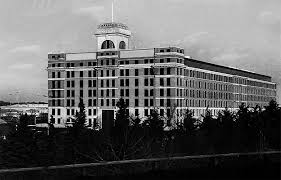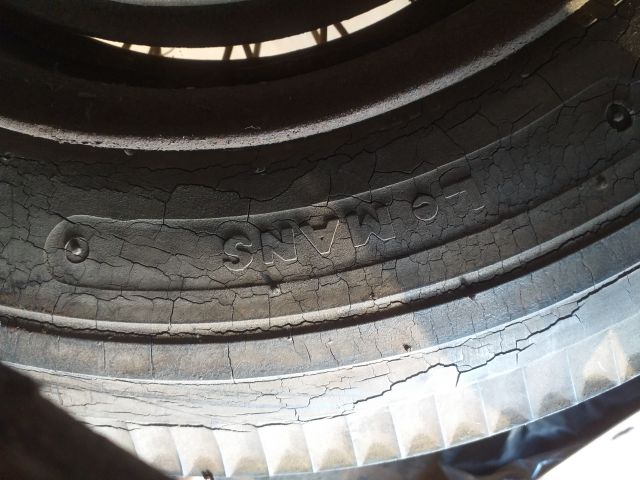Bob, AS you say a first try, as indeed the use of dates and date codes in the manufacturing industry is quite common as a quality and stock control aid.
In the case of SU, when first writing a paper on SU Fuel Pumps I started to notice the alpha/numeric stamping and then set out to discover what it meant. So not a dissimilar situation with these Tyre Codes.
The SU situation was simpler, given much lower volumes that SU clearly deemed monthly accuracy to be sufficient. The 1 to 12 stamping denoting January to December months was simple enough, but the letter significance was quite a challenge. I started to think that maybe the letter did denote a YEAR, but getting reliable consistent proof with Fuel Pumps was most difficult and elusive with fuel pumps not easily seen in-situe, and if on the bench lost any credible association with its original/dateable installation, but I was able to get a start with fuel pumps reliably dismantled from known XKs and Mark saloons. But then moved onto looking at Carburetters, which were very readily seen/read in situ, and most seen in unrestored cars were reliably original to a car of known identity and thus date-of-manufacture (to monthly accuracy). The net result of a considerable amount of sightings and resercah - into hundreds - is what I consider to be totally accurate SU decoding as follows…
A = 1945 to H = 1952
I and J are skipped/ not used, and this is not unusual re possible confusion with the number 1.
K = 1953 to N = 1956
O is skipped/ not used - again commonly avoided due to confusion with the number 0
P = 1957 with some caveat given unresolved status with Q
Q is used, but at this stage I don’t believe it represents any date/year but has some other significance, thus my caution with P. (I do have theories, but no definitive conclusions)
R = 1958 to U = 1961 So we have now fully covered my initial main interest areas of XKs, and also my initial interest areas of H6 and H8 carburetters and LCS Fuel Pumps, but to continue on ……
V and W are not used.
X = 1962
Y and Z are not used.
We then start again, now being well into E-type and Mark 2 interest area with HD6 and HD8 carburetters, and the last of the LCS fuel pumps still used on Mark 2.
A = 1963 to G = 1969 so all now straight forward but with HD6 and HD8 useage now restricted to RHD cars, I am starting to see increasing gap (6 months +) between Carburetter date and E-type/420G/240/340 dom.
And I hate to say it, but I quickly cannot find any instances of having seen/recorded any H stamped SUs, although I am sure they will exist.
Now in all of that, and I have a HUGE library of SU original period technical literature, I have never found anything at all from SU describing this date code system which I suspect is only way I will discover for sure the significance of letter Q, and indeed if any impact (I suspect not) on letter P. But I did find one Service Instruction sheet that did indeed reference the stamped in letter X denoting 1962.
Having introduced all the above - back to your first effort with tyres.
I think you need to have a lot lot more sightings of tyres, that you can reliable associate a date with, preferably original equipment fitment, and with tyres being a regularly changed consumable good luck with that.
For example, I seriously doubt DUNLOP, or any other British manufacturing company, would have commenced an alpha-year code system with A = 1943. Certainly the war time British Ministry of Supply did require certain things to be dated that were to be supplied to them, when manufacturers were restricted/controlled on any private use supply, but all the examples I am aware of spells out the full date which I have seen examples of 1943, 1944, 1945 (on SNAIL Brand spanners for instance) and up to 1952 on THOR Copper hammers supplied for Defence workshops. But who knows, maybe your DUNLOP use of A = 1943 does align with SNAIL dated spanners first seen as with 1943. But at this stage, given SU experience, I would be also careful assuming use of all letters, albeit no rules saying Dunlop had to do same as SU.
Roger





















